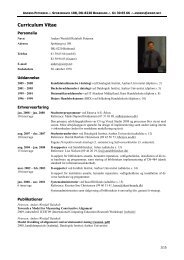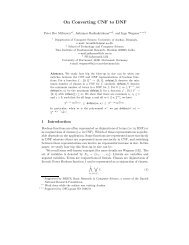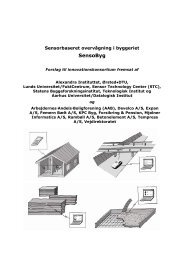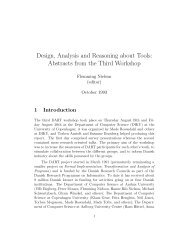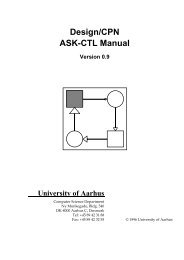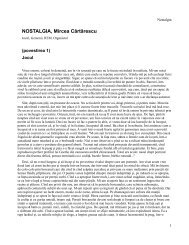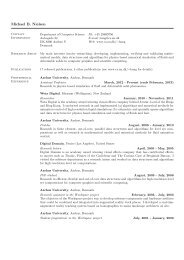towards a provotyping approach in systems development
towards a provotyping approach in systems development
towards a provotyping approach in systems development
Create successful ePaper yourself
Turn your PDF publications into a flip-book with our unique Google optimized e-Paper software.
• The emphasis <strong>in</strong> the cycle of expansive <strong>development</strong>, up to the po<strong>in</strong>t<br />
where a new expanded activity is envisioned, is on detached analysis<br />
by researchers. Concrete experience, which activity theory—like<br />
prototyp<strong>in</strong>g—generally stresses, is not utilized <strong>in</strong> these early activities.<br />
• The potential operative means, the cycle of expansive <strong>development</strong>, is<br />
too abstract. It is a general psychological and social methodology, not<br />
a methodology for <strong>systems</strong> <strong>development</strong>.<br />
• The framework of dialectical materialism tends to give contradictions<br />
an ontological status they do not deserve. Even to the extent that contradictions<br />
act merely as epistemological <strong>in</strong>struments, they are usually<br />
overemphazised and thus overshadow other perspectives.<br />
As for its strengths, activity theory does provide an <strong>in</strong>strument for understand<strong>in</strong>g<br />
the connection between <strong>in</strong>dividuals and the practice <strong>in</strong> which they<br />
are engaged—activity. Likewise, it provides an understand<strong>in</strong>g of how a new<br />
practice can be founded <strong>in</strong> present and past ones. Despite the problems with<br />
the notion of contradiction, the idea of utiliz<strong>in</strong>g contradictions as a resource<br />
rather than avoid<strong>in</strong>g them or brush<strong>in</strong>g them aside is very attractive.<br />
3 Provocation Through Concrete Experience<br />
Return<strong>in</strong>g to the question posed <strong>in</strong> the <strong>in</strong>troduction—How do we, on the<br />
one hand, devise qualitatively new <strong>systems</strong>, and, on the other hand, ensure<br />
their usability <strong>in</strong> the given practice?—the contributions from prototyp<strong>in</strong>g<br />
and activity theory can be summarized. The idea from activity theory is<br />
to create the new by expos<strong>in</strong>g problems <strong>in</strong> current practice: to provoke.<br />
Provocation is here and <strong>in</strong> the rest of the paper used <strong>in</strong> the senses: (a) when<br />
the provoked is not a person: “to call forth, <strong>in</strong>voke, to summon, <strong>in</strong>vite”;<br />
when (b) when the provoked is a person: “to <strong>in</strong>cite or urge...to some act or<br />
to do someth<strong>in</strong>g, to stimulate to action.” 7 The idea from prototyp<strong>in</strong>g is to<br />
provoke by actually try<strong>in</strong>g out the situations <strong>in</strong> which these problems emerge:<br />
provok<strong>in</strong>g through concrete experience. As stated <strong>in</strong> the <strong>in</strong>troduction, the<br />
focus is on the area where the question of what qualitatively new <strong>systems</strong><br />
to build versus their usability <strong>in</strong> current practice seems most important and<br />
most relevant: between <strong>in</strong>itial <strong>in</strong>vestigation of current practice and design of<br />
new practices.<br />
10




